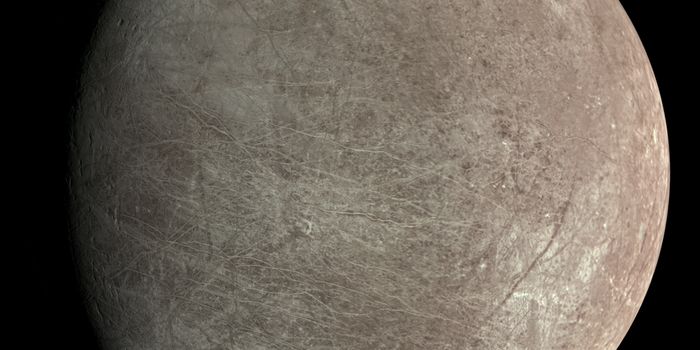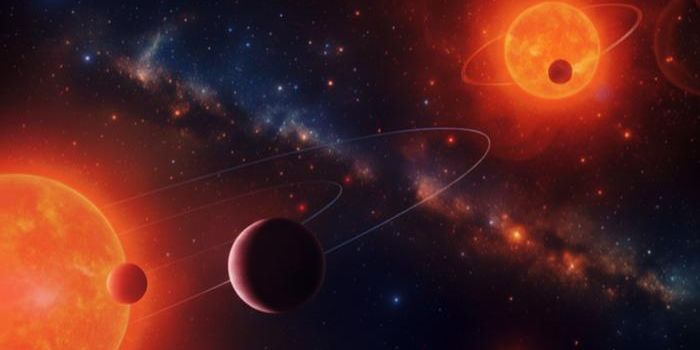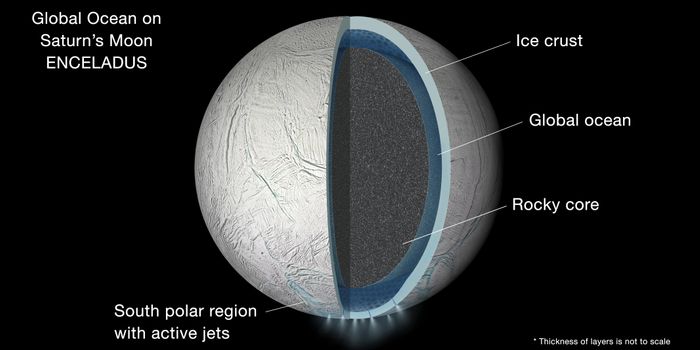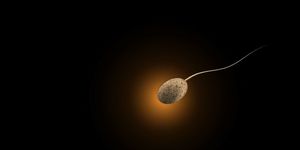300 Million Planets in the Milky Way May Be Habitable
Researchers have found that there could be at least 300 million habitable worlds in the Milky Way galaxy. This could mean that almost half of the stars similar to our sun may have a habitable planet in their orbit.
For the study, a team led by Steve Bryson from NASA’s Ames Research Center examined observations by Kepler, which operated between 2009 and 2018, alongside data from the European Space Agency’s Gaia spacecraft, which aims to map a billion stars in the Milky Way.
The researchers used the data to estimate occurrence rates for rocky planets (planets with diameters between 0.5 and 1.5 times that of Earth) in the habitable zones of stars similar to our sun (defined as having surface temperatures between 8,180 and 10,880 degrees Fahrenheit).
Most stars that met these requirements were either G dwarfs, the same type of star as our sun, making up 7% of the stars in the Milky Way, or K dwarfs, which are almost twice as common as G dwarfs, although slightly smaller in size.
In the end, the researchers calculated two occurrence rates- one ‘conservative’ and one ‘optimistic’. In the conservative scenario, they estimated between 0.37 and 0.6 planets in the habitable zone to exist per star. Meanwhile, in an optimistic scenario, they calculated each star to have between 0.58 and 0.88 planets capable of supporting life.
Of note is that the researchers did not consider red dwarfs, which make up around 75% of the stars in the Milky Way. This comes even though a study from 2013 found that roughly 6% of these stars have an Earth-like planet in the habitable zone, including Proxima b, the nearest such world to our solar system, which orbits the red dwarf Proxima Centauri 4.2 light-years away.
Sources: Space.com, Science Alert









